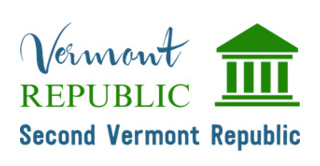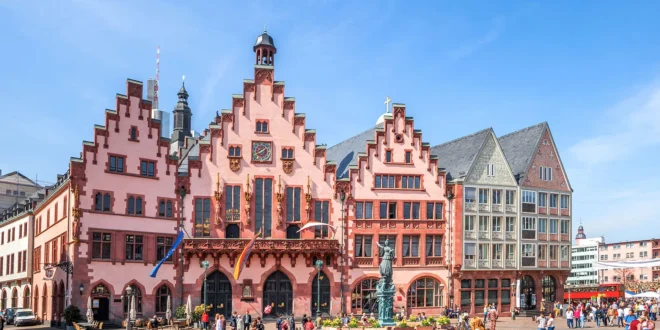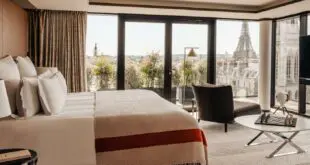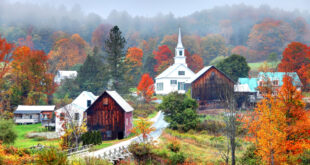Frankfurt am Main is often labeled as Germany’s financial capital, but travelers who look closer quickly see it’s more than banks and skyscrapers.
This city blends medieval roots with futuristic skylines, giving visitors a chance to step into centuries-old streets in the morning and admire cutting-edge glass towers by afternoon.
For those planning a trip, this balance of history and innovation is exactly what makes Frankfurt an unforgettable destination.
The Historic Heart of Frankfurt
When people talk about Frankfurt’s past, they almost always begin with Römerberg, the old town square. This is the symbolic heart of the city, framed by half-timbered houses that look much the same as they did centuries ago. Here, emperors were once crowned, and today, festivals, markets, and casual visitors bring the square alive. The nearby Frankfurt Cathedral (Kaiserdom St. Bartholomäus) adds another layer of history, a Gothic structure tied to the Holy Roman Empire.
Walking through the narrow lanes of the Altstadt gives a sense of continuity, as if the city deliberately preserved its past even after much of it was rebuilt following World War II. These streets remind visitors that Frankfurt is not only about steel and glass, but also about cultural resilience and identity.
Staying in the Modern City Centre
While the Altstadt whispers of the past, the central districts of Frankfurt present a sleek, cosmopolitan energy. For travelers who want both comfort and location, staying close to the business district is practical without being cold or impersonal. One excellent option is the Apart hotel in Frankfurt: Citadines City Centre Frankfurt. Its setup allows visitors the flexibility of a hotel stay with the independence of an apartment, which works well for longer visits or those mixing business with leisure. From here, most major attractions are within walking distance or a short tram ride away.
The benefit of being centrally based is clear: after a morning stroll through old squares, you can easily pivot into a day of exploring galleries, shopping streets, or attending an event at the Messe Frankfurt exhibition grounds.
Bridges Between Eras ─ Museums and the River Main
Along the south bank of the Main lies Museumsufer, a row of institutions covering everything from art to film. The Städel Museum, one of Europe’s leading art galleries, houses works that span seven centuries. Nearby, the Museum of Communication and the German Film Museum focus on more modern themes, underlining Frankfurt’s willingness to celebrate both old masters and new media.
Strolling along the river itself is just as rewarding. The bridges – Eiserner Steg in particular, connect both sides of the city, literally tying together historic and modern quarters. From here, you can capture some of the city’s most photogenic contrasts..
Hidden Corners of Tradition
Away from the well-trodden areas, Frankfurt hides pockets of tradition. Sachsenhausen, on the south side of the river, is famous for its Apfelwein taverns. This apple cider is a local specialty, poured into ribbed glasses and shared in rustic wooden surroundings. Visiting one of these taverns gives travelers a more authentic feel of Frankfurt’s daily life, where bankers and artists sit side by side over hearty plates of schnitzel or green sauce.
Even here, the city’s character shows its blend of times: traditional cider houses often sit next to modern bars and restaurants, making the district both historic and lively.
A City of Balance
Frankfurt stands as proof that history and modernity are not opposites but partners. Its old squares, Gothic cathedrals, cider taverns, and cobblestones sit comfortably beside steel towers, international banks, and contemporary galleries. The result is a city that feels authentic while still global, rooted yet forward-looking.
Travelers who take the time to see both sides – walking from Römerberg to Main Tower, dining in Sachsenhausen after visiting the Museumsufer – will understand why Frankfurt is not just a financial hub but a place where history and modern architecture truly meet.
 Vermont Republic Second Vermont Republic
Vermont Republic Second Vermont Republic




